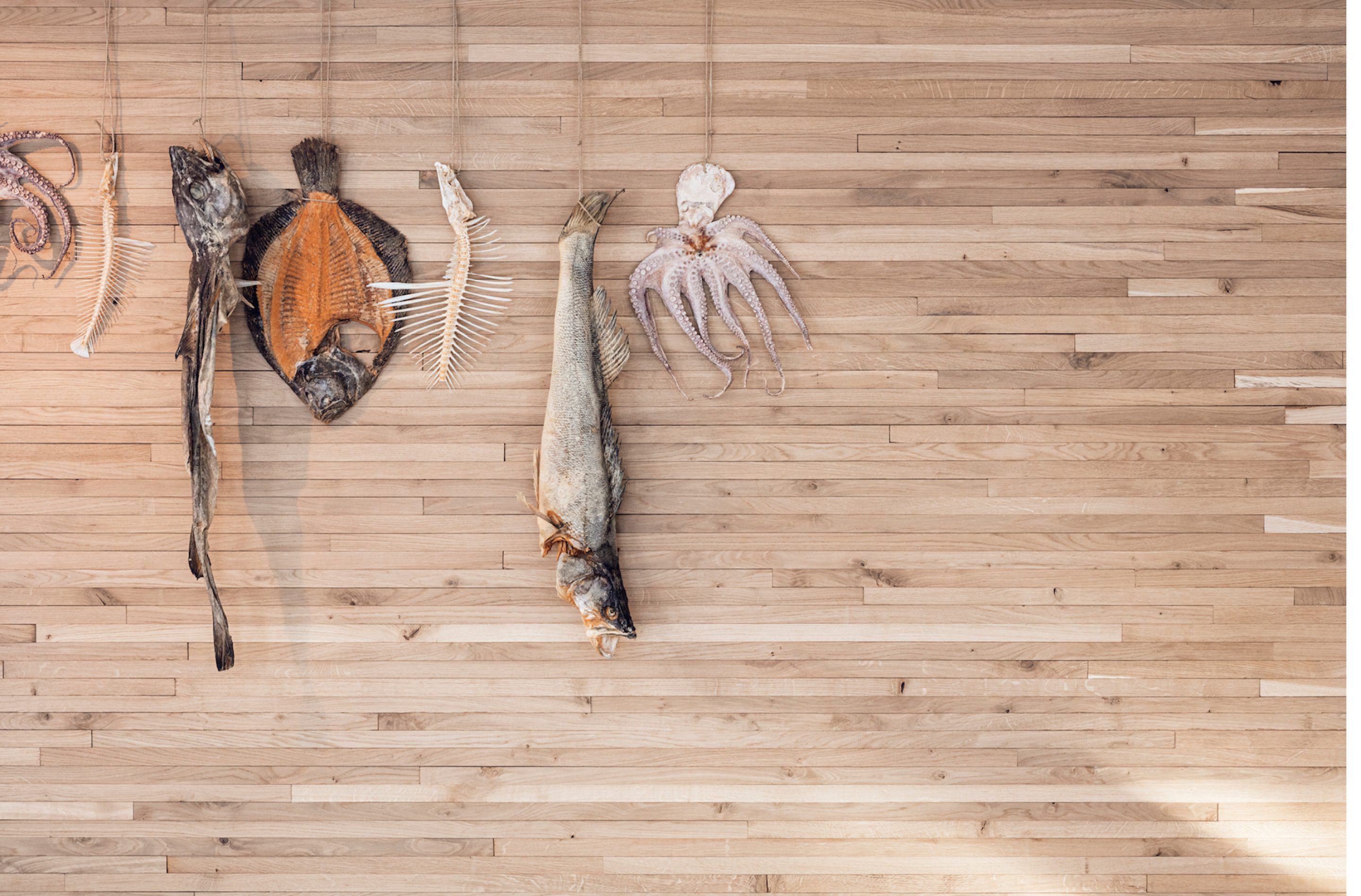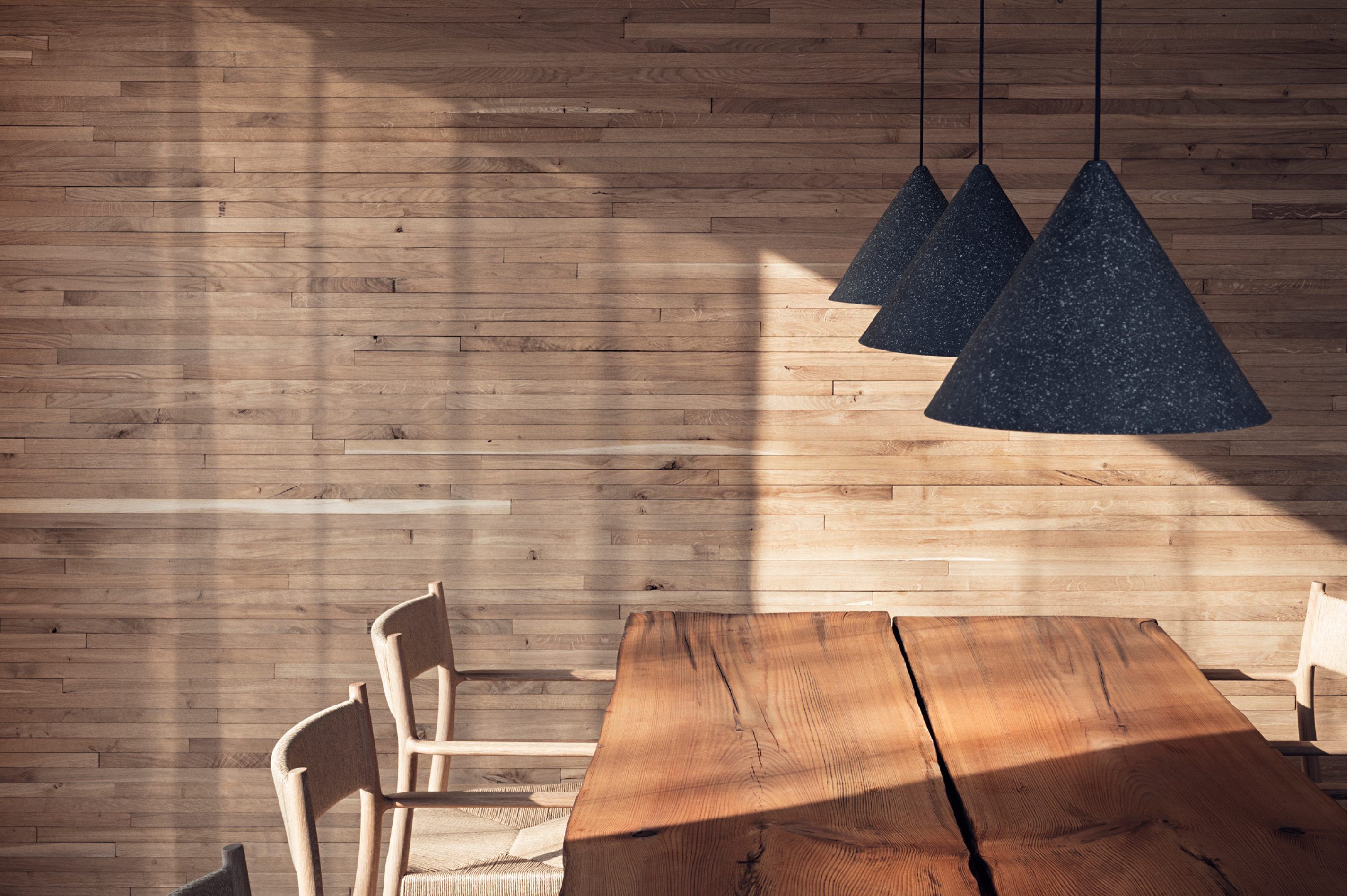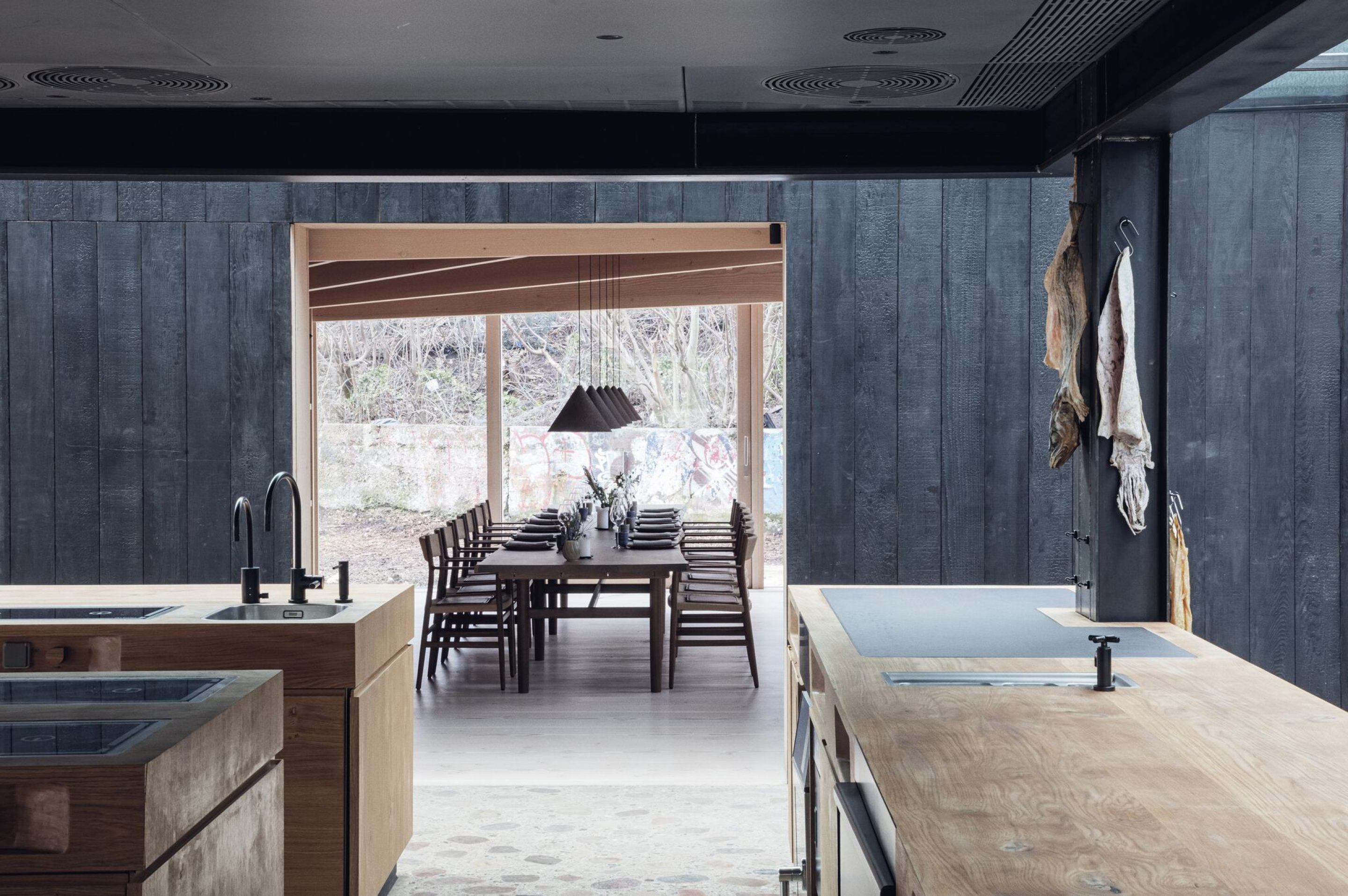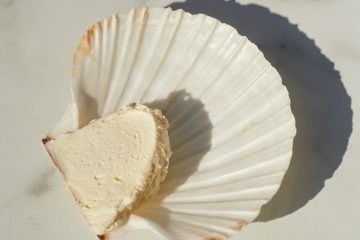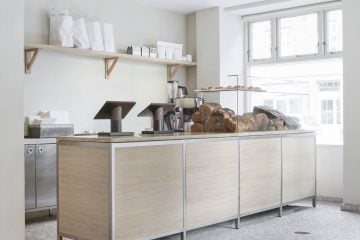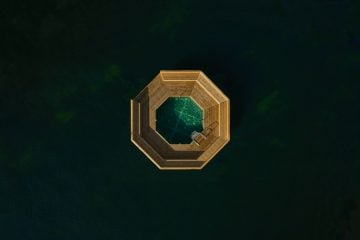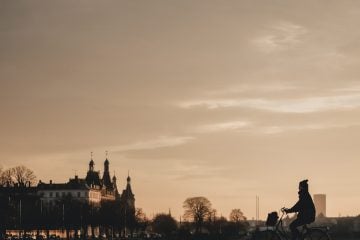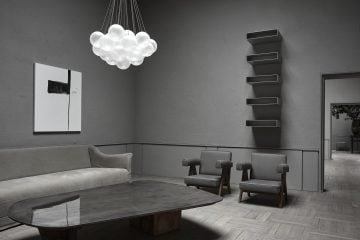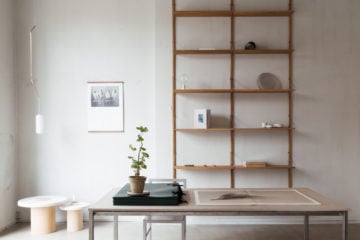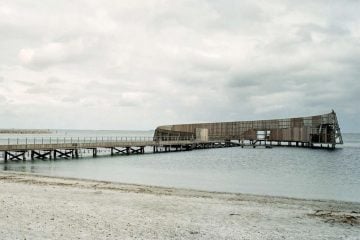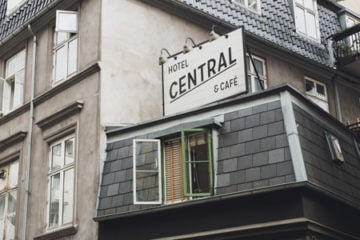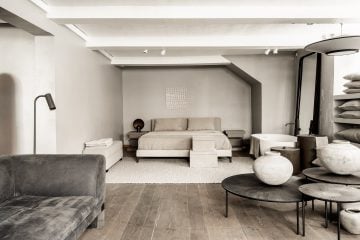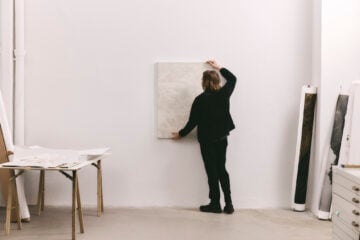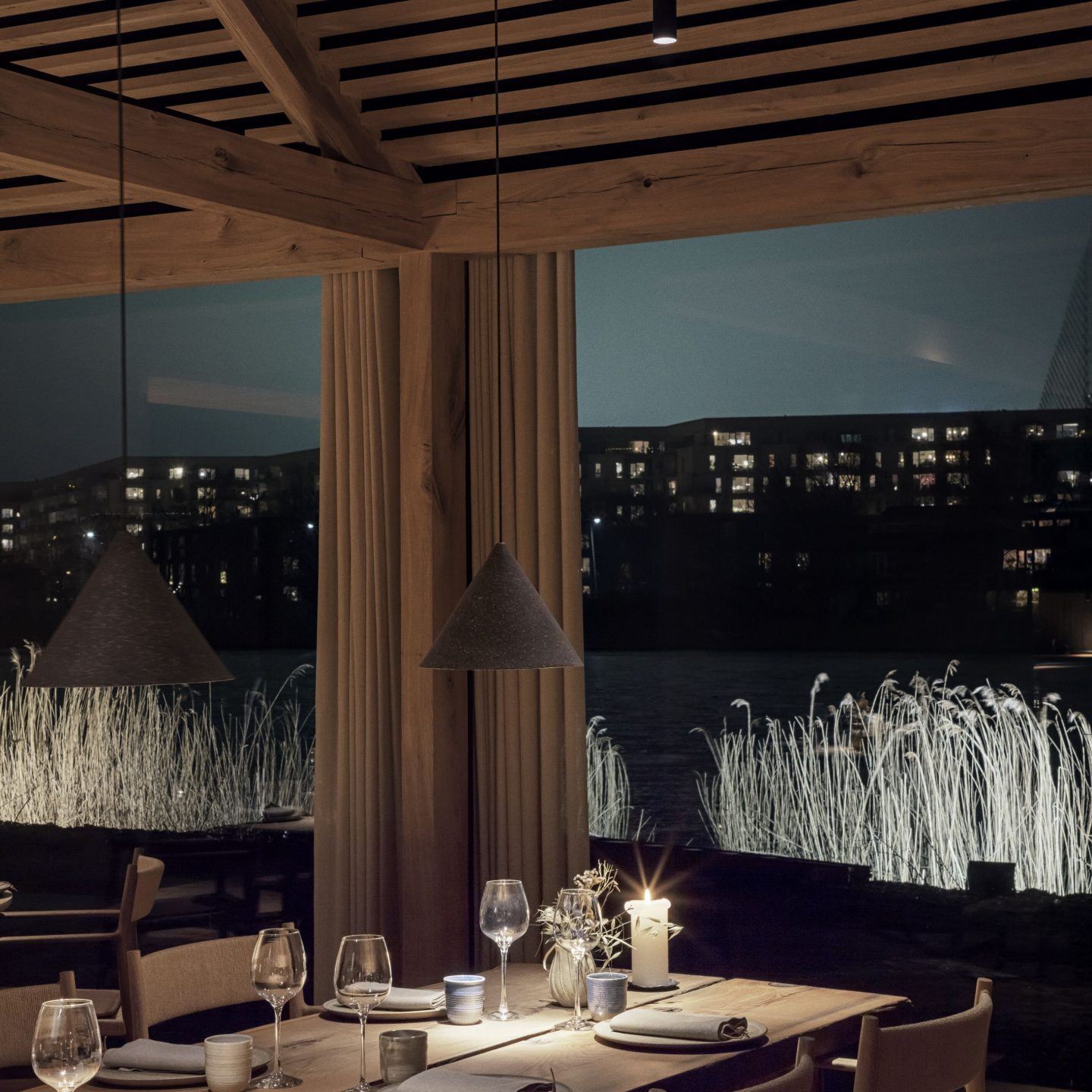
Noma · Copenhagen, Denmark
- Name
- Studio David Thulstrup
- Project
- Noma Restaurant
- Location
- Denmark · København
- Images
- Irina Boersma
- Words
- Steph Wade
Noma, René Redzepi’s groundbreaking destination restaurant, reopened to critical acclaim in 2018 in a new location in Copenhagen, Denmark. The venue showcases some extraordinary Danish craftsmanship through its complex design details—yet more impressive still is its overall aesthetic: an understated and atmospheric space more akin to that of a chic farmhouse than of a traditional hospitality venue.
Along the shore of a city lake is the autonomous and anarchist community of Freetown Christiania, a village populated by a modest one thousand in Copenhagen, Denmark. Just by the border of this alternative district sits a converted naval fortification, now home to an experimental, biodynamic farm with 11 individual buildings. These buildings comprise the new location of Noma, the most influential and iconic restaurant of the last decade.
The Nordic establishment has reopened after a year-long renovation hiatus. For chef and co-owner of the restaurant, René Redzepi, the most important consideration of Noma’s redesign was for everything to have a sense of place; to feel salubrious, handmade, and importantly, not superfluous. To deliver on these elements Redzepi entrusted the project to the experienced hands of Danish architect Bjarke Ingels, head of BIG Architects, to create a sprawling site of prep kitchens, a bakery, fermentation labs, a staff dining room, greenhouses, and gardens. Redzepi explained in an interview that they form a “village that breathes and lives”. The site has the rustic charm of a Danish urban farm, and here, up to 15 percent of the ingredients on the menu are grown.
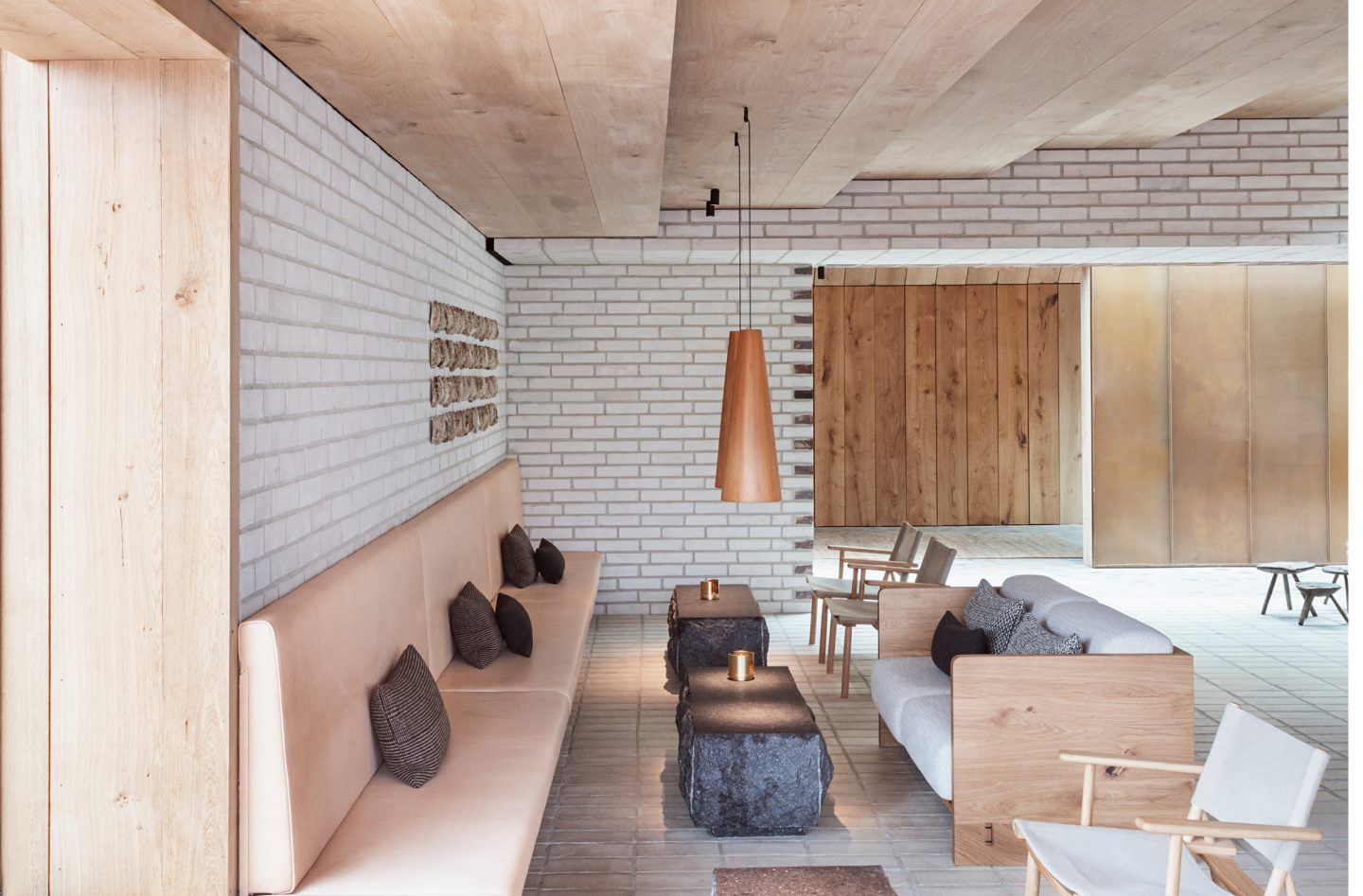
Image © Irina Boersma
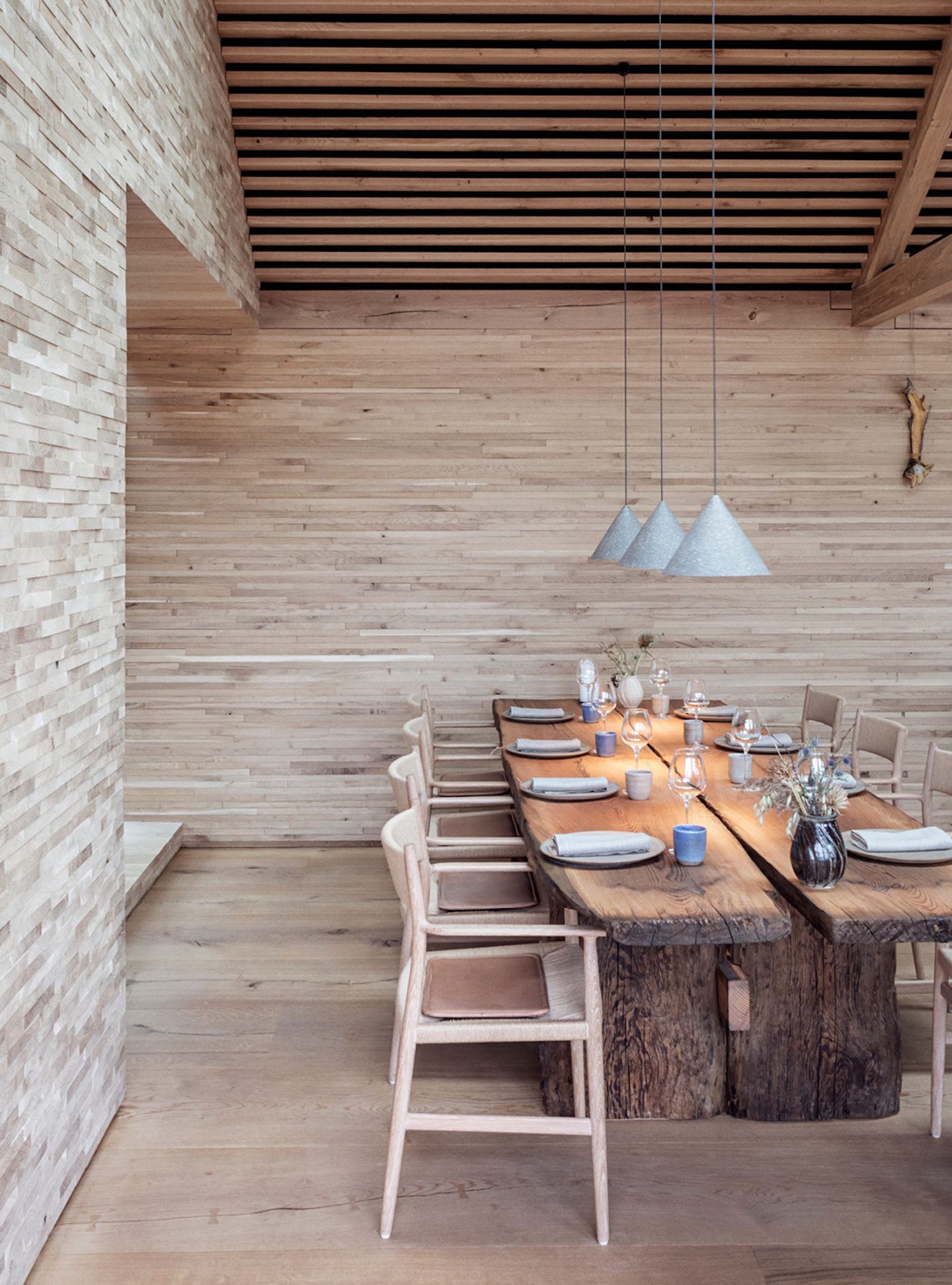
Image © Irina Boersma
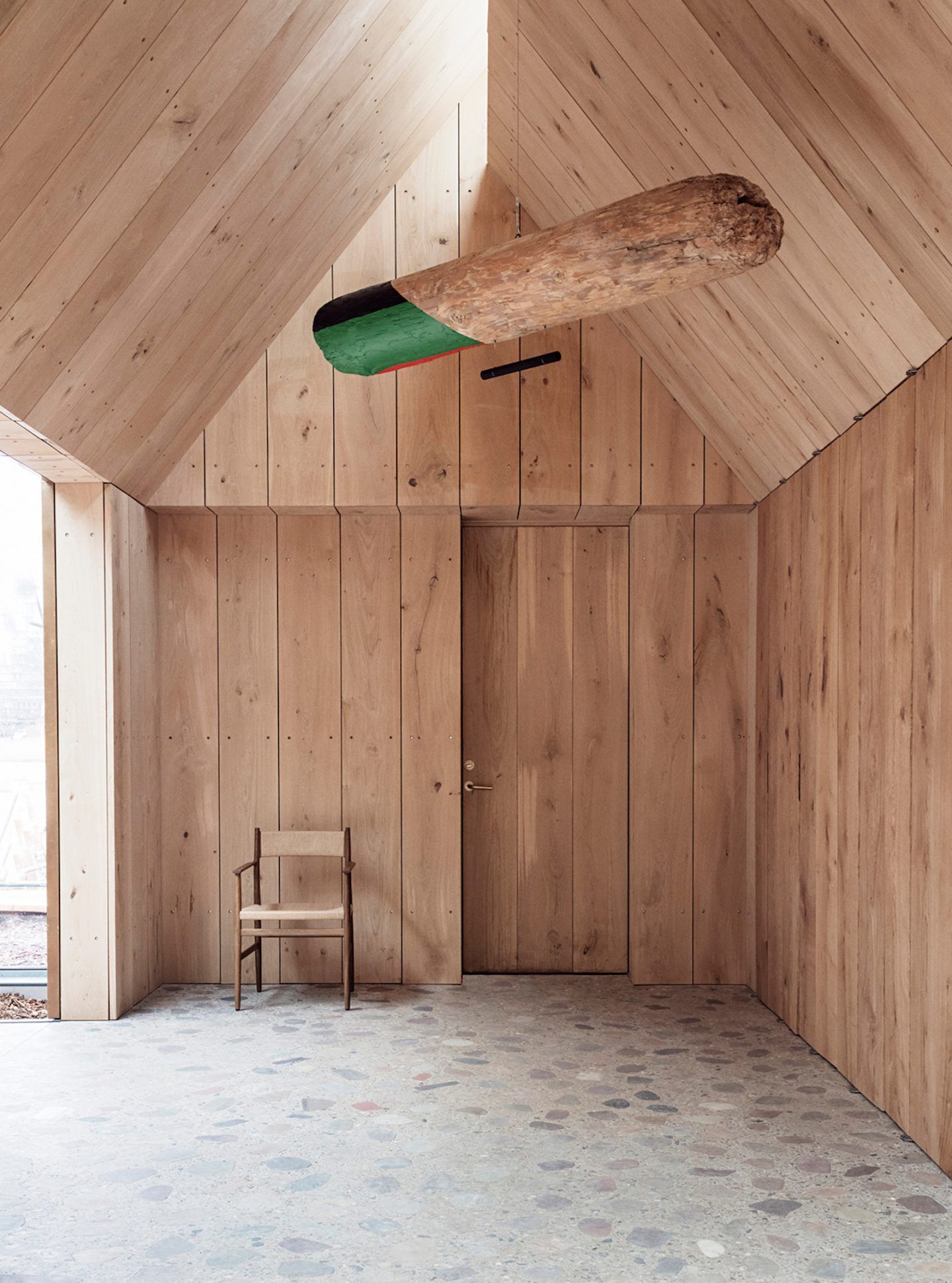
Image © Irina Boersma
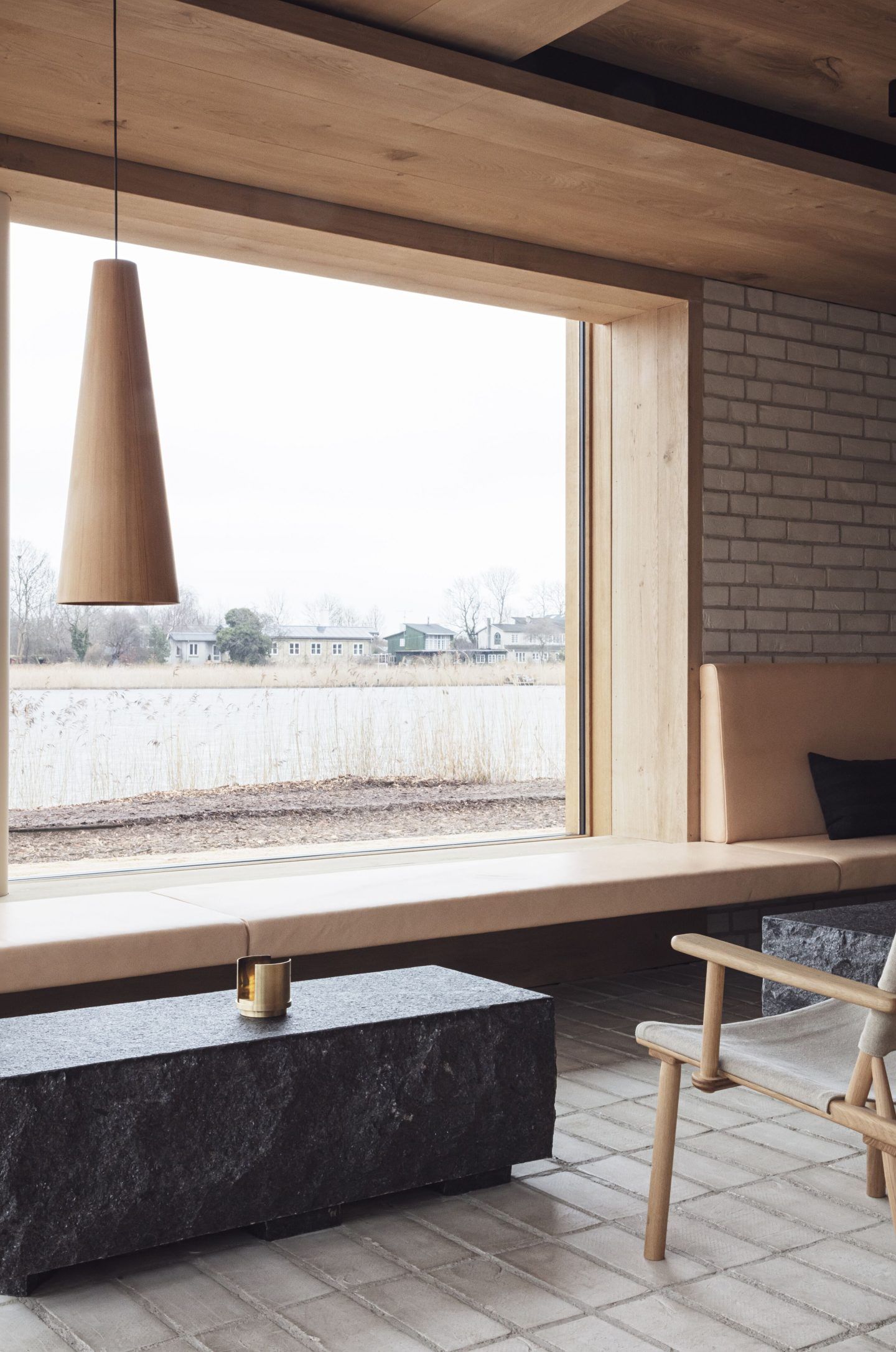
Image © Irina Boersma
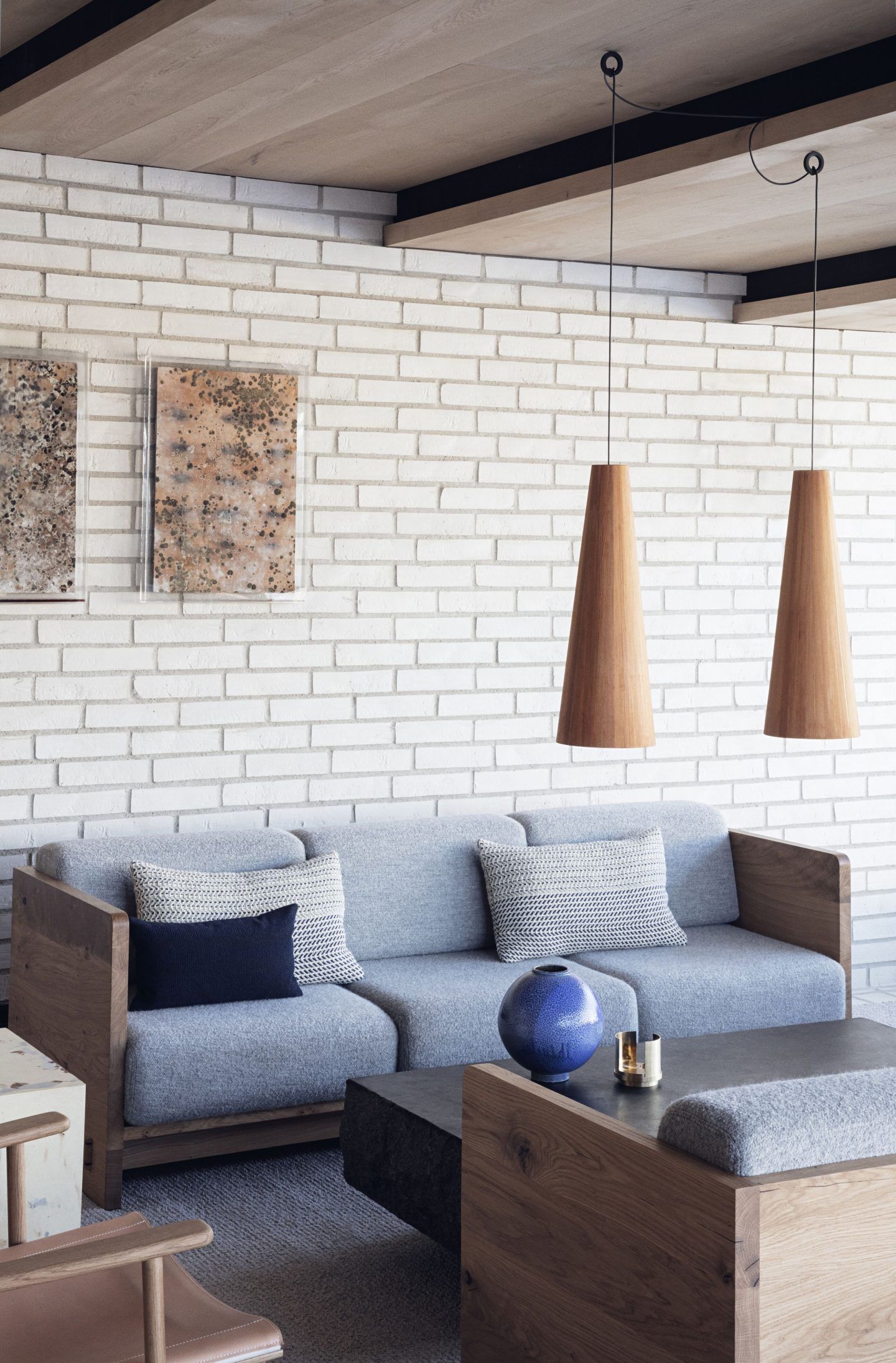
Thulstrup designed all of the bespoke furniture himself. Image © Irina Boersma
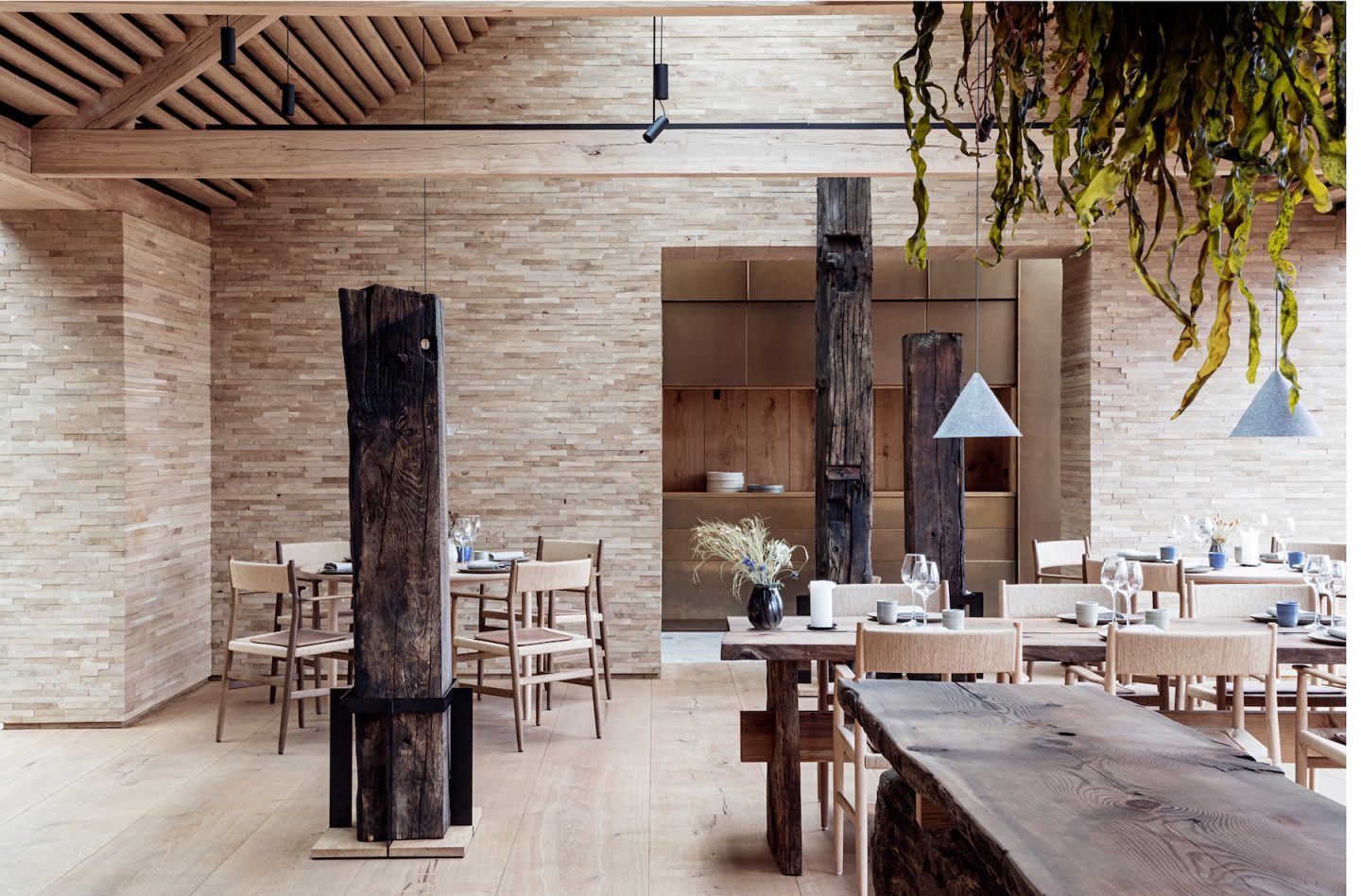
Image © Irina Boersma
Noma’s entire interior design was led by revered Copenhagen architect and designer David Thulstrup, of Studio David Thulstrup. The considered design encompassed a barrage of tasks: selecting materials and treatments for all floors, walls, and ceilings; designing bespoke cabinetry and furniture, such as the 6.5 meter oak table in the private dining room, and an entire restaurant’s worth of sophisticated wood-smoked chairs; commissioning art works, and creating a terrazzo floor made from large river stones. Thulstrup points out that the design drew more on residential plans than on traditional hospitality venues, with a strong emphasis on materials as the decoration. “The overall mood is Scandinavian, without any Nordic cliches”, explains a statement from the studio. It’s “honest, simple, and not over-designed”.
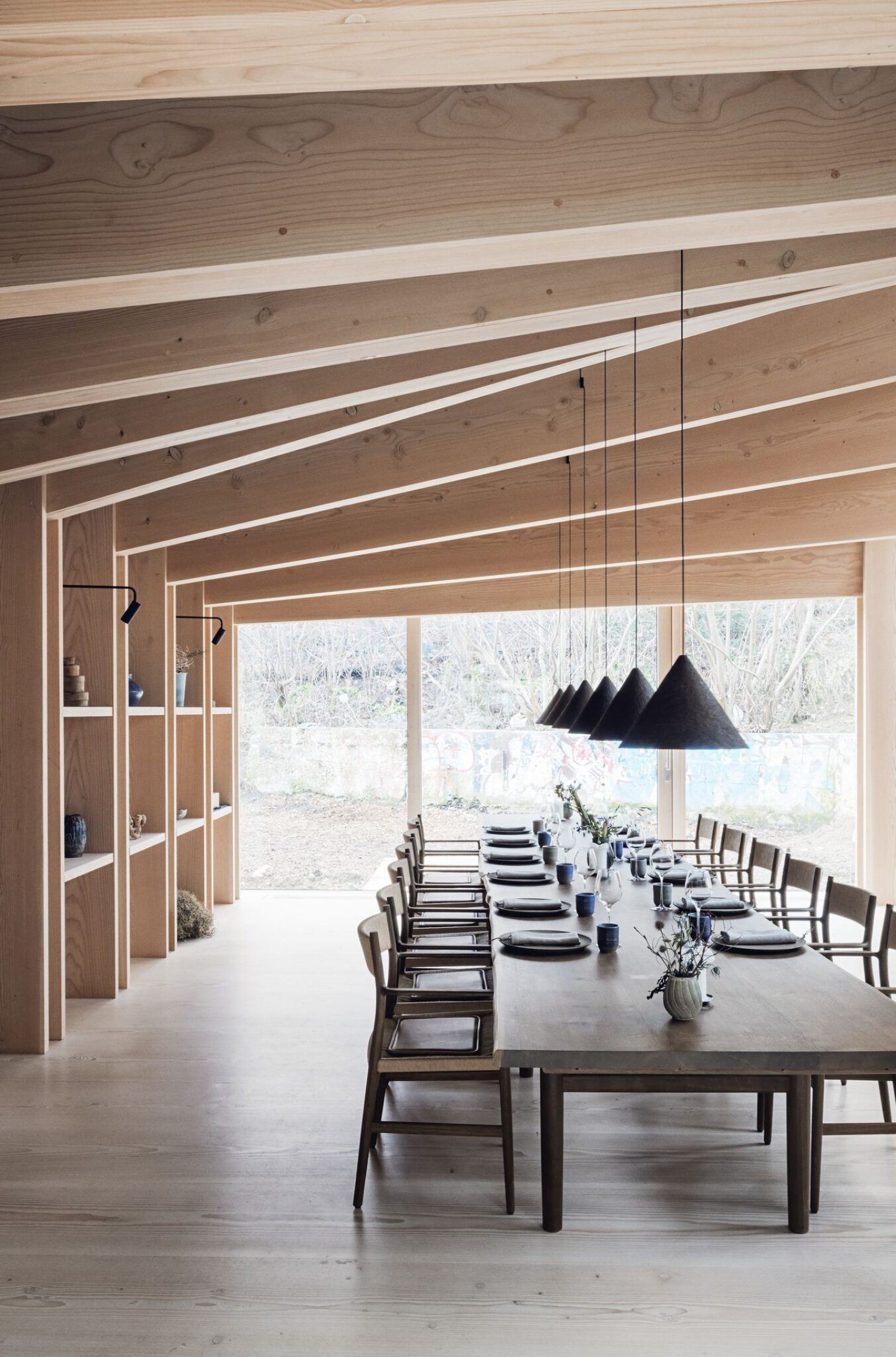
Noma's interior. The restaurant is located in Copenhagen, Denmark. Image © Irina Boersma
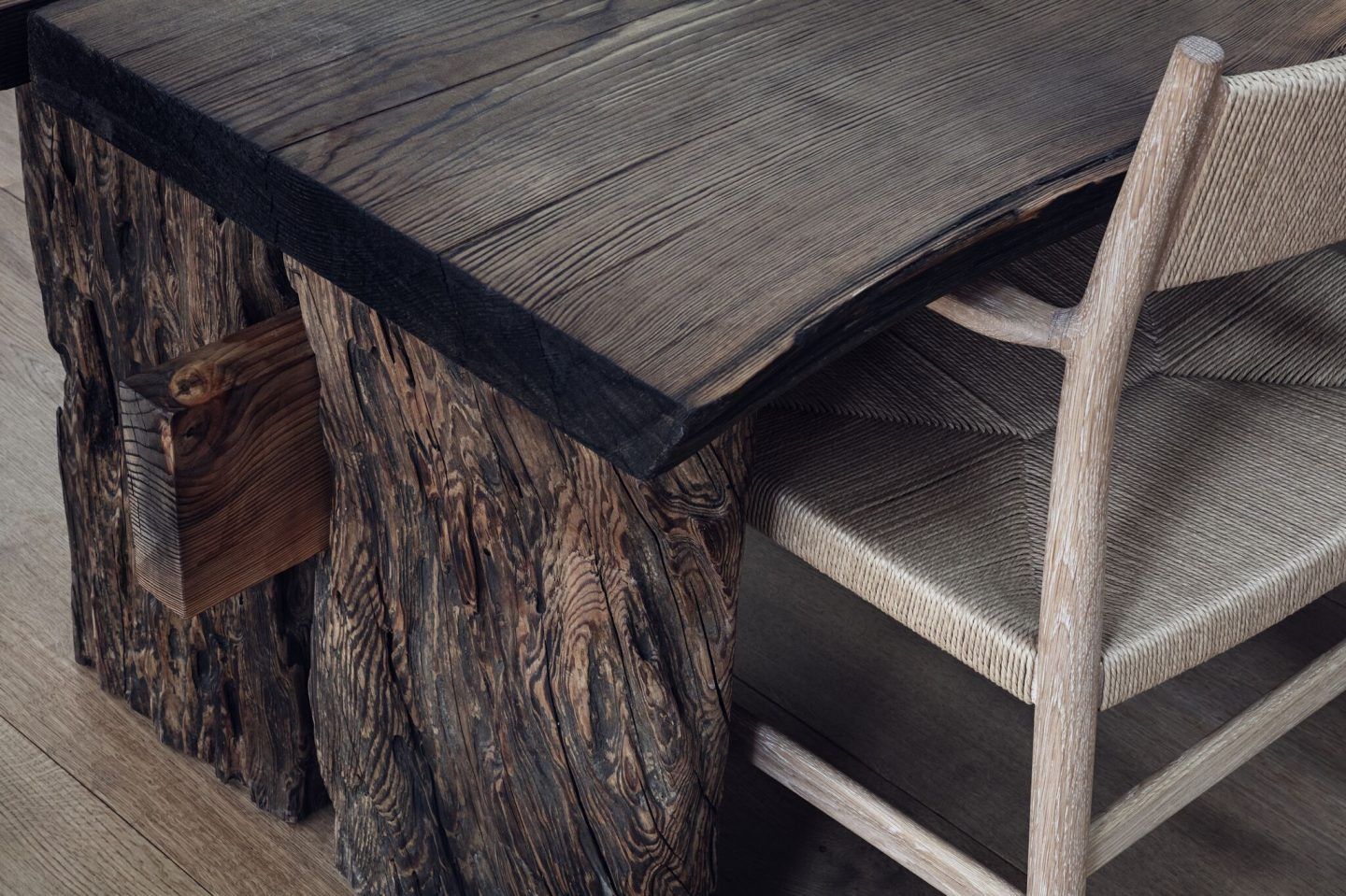
Image © Irina Boersma
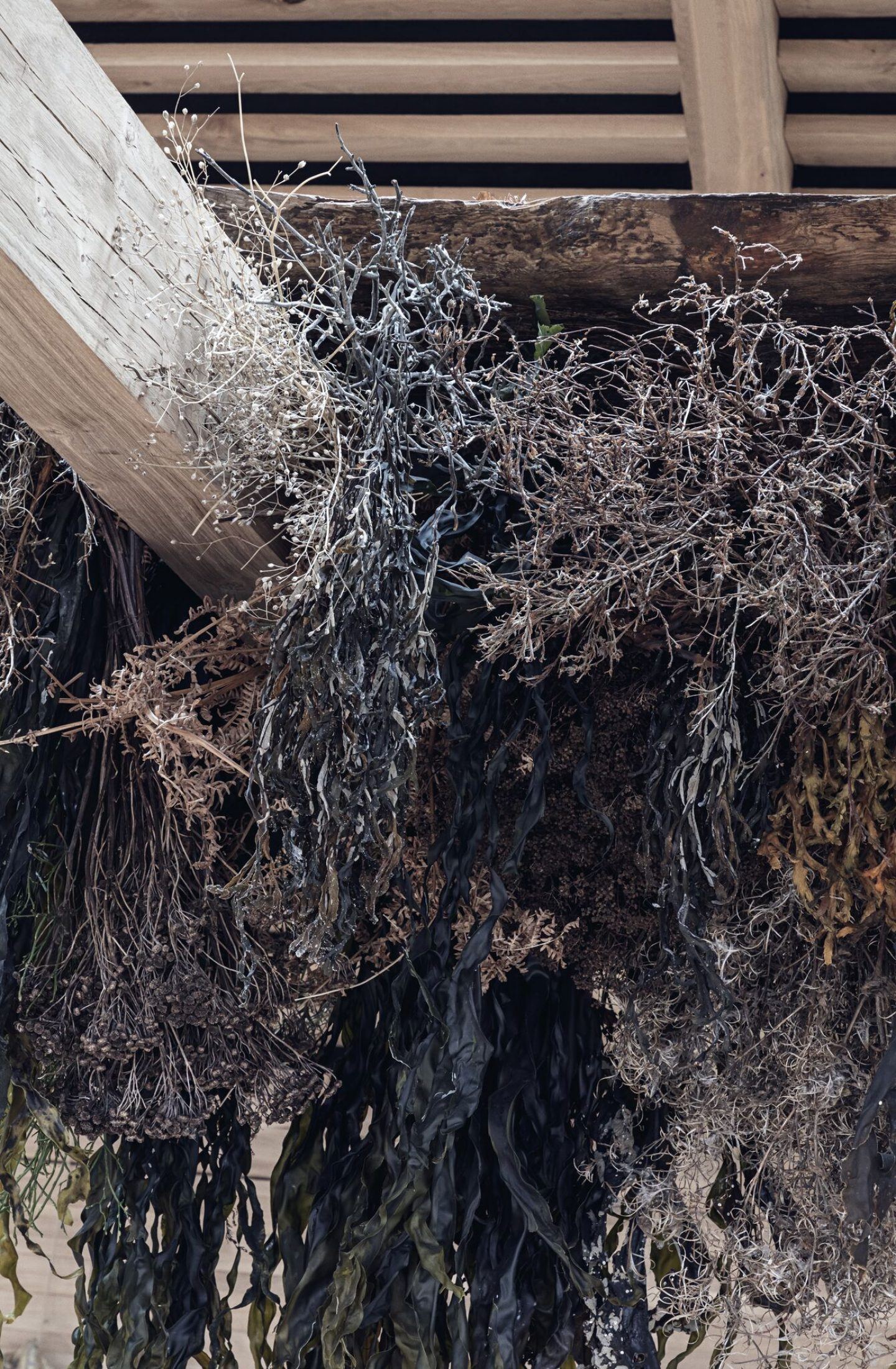
Image © Irina Boersma
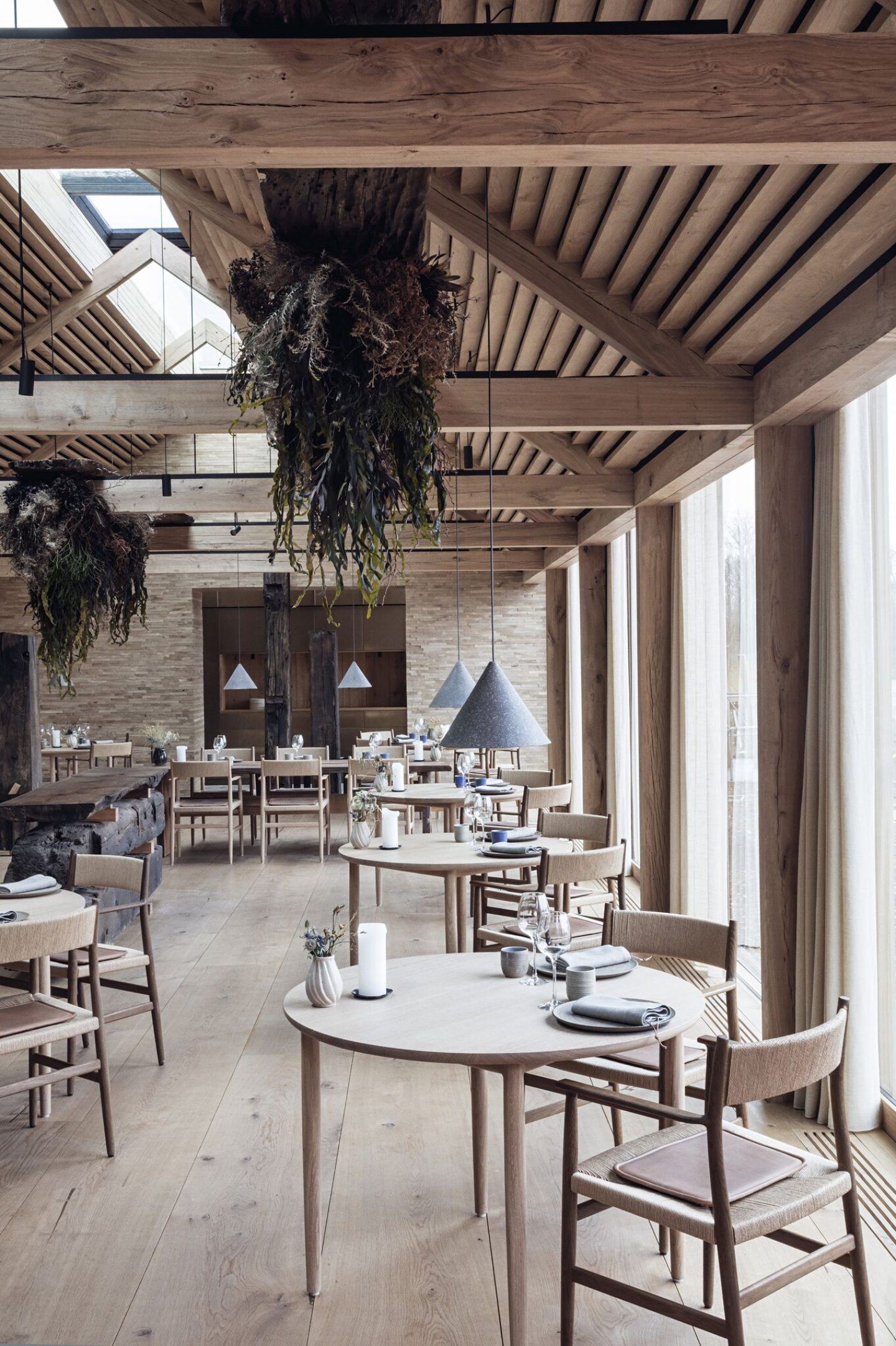
Image © Irina Boersma
Further conveying a sense of homeliness, there is no typical reservation desk at the entrance—only wardrobes for guests’ coats. Moreover, on the opposite side of the village a lounge exists with a fireplace, brick walls, and a stepped oak roof, where guests can relax after their meal. Noma’s interior exemplifies that beauty doesn’t require cutting-edge innovation to be impressive; it lies in the attention to detail in craft, materiality, and execution. “Everything is carefully selected, curated or designed and nothing screams more than the other”, asserts Thulstrup. “The whole thing has this sense of coherence and a very 360 degrees holistic approach”.
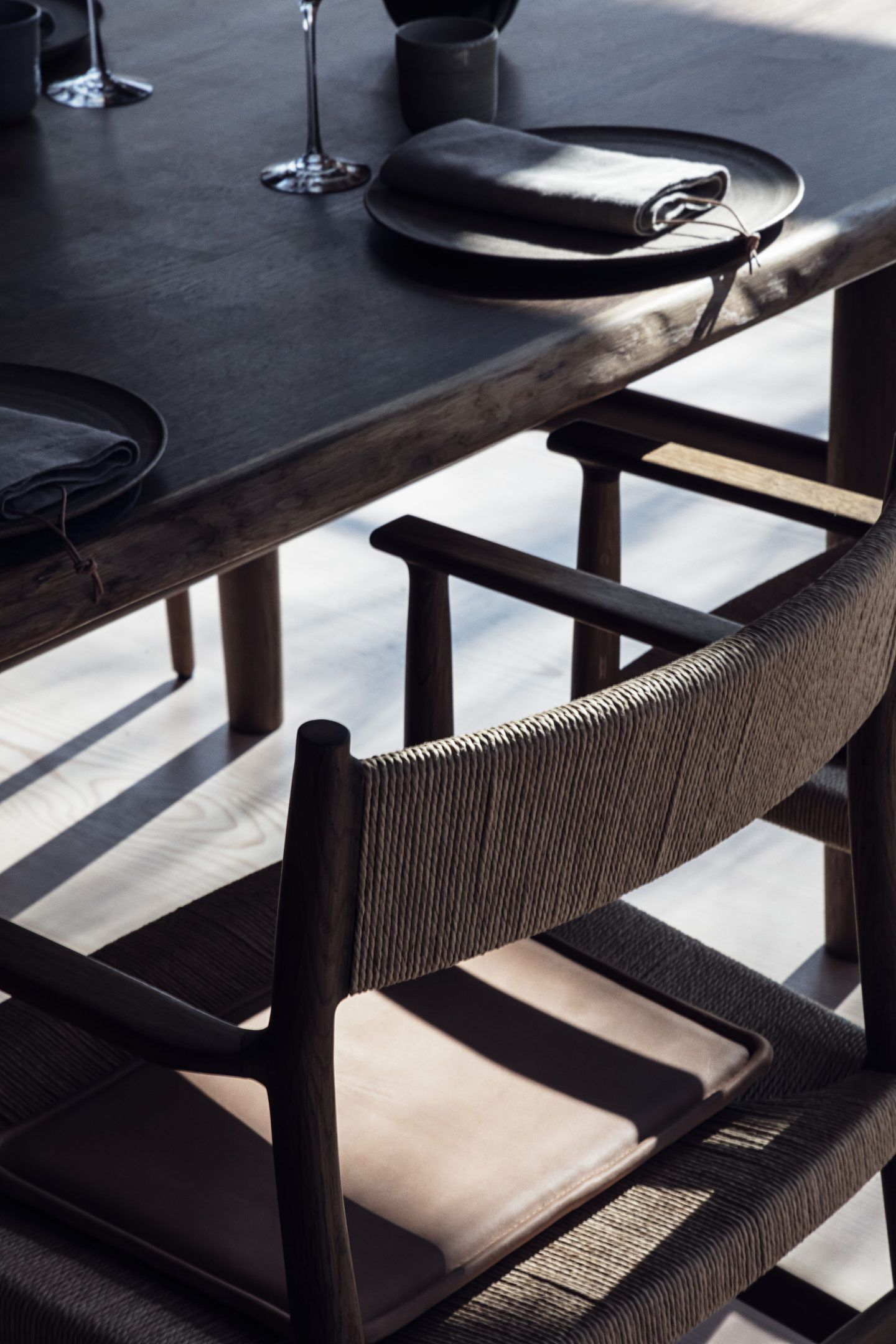
Image © Irina Boersma
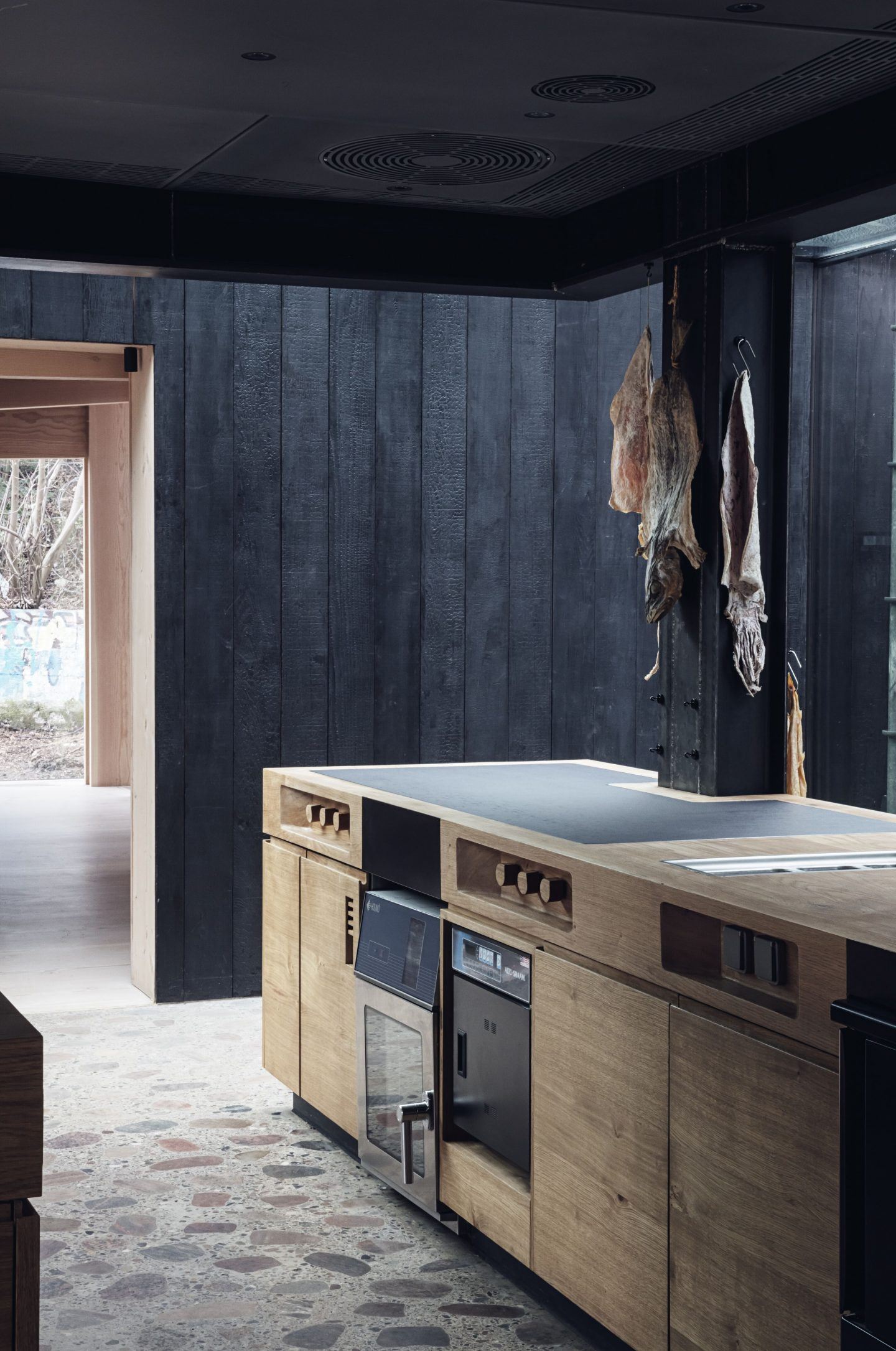
Image © Irina Boersma
It’s this essence of modest invention that has led Noma to hold the world’s best restaurant title for four non-consecutive years. Since its conception in 2003, Noma’s importance is such that it has revolutionized what it means to be a high-end destination restaurant, putting Nordic food on the global haute cuisine map by foraging for local ingredients, and then championing them in 20-course meals.
Food writer James Hansen contends that Noma has defined certain parameters for how restaurants should work for over a decade. “Critics have flown in from as far as 4,000 miles to eat at the nigh-on unbookable, totally reinvented expression of a culinary philosophy”, he says. The restaurant’s year is sectioned into different food seasons, during which the menu changes dramatically: at present, six months of ‘Vegetable Season’ and six months of ‘Seafood Season’ divide up the year. The novelty of Redzepi’s food, and by extension the concept itself, lies not just in the originality of its conception, but in the extravagance of its simplicity and the perfection of its details.
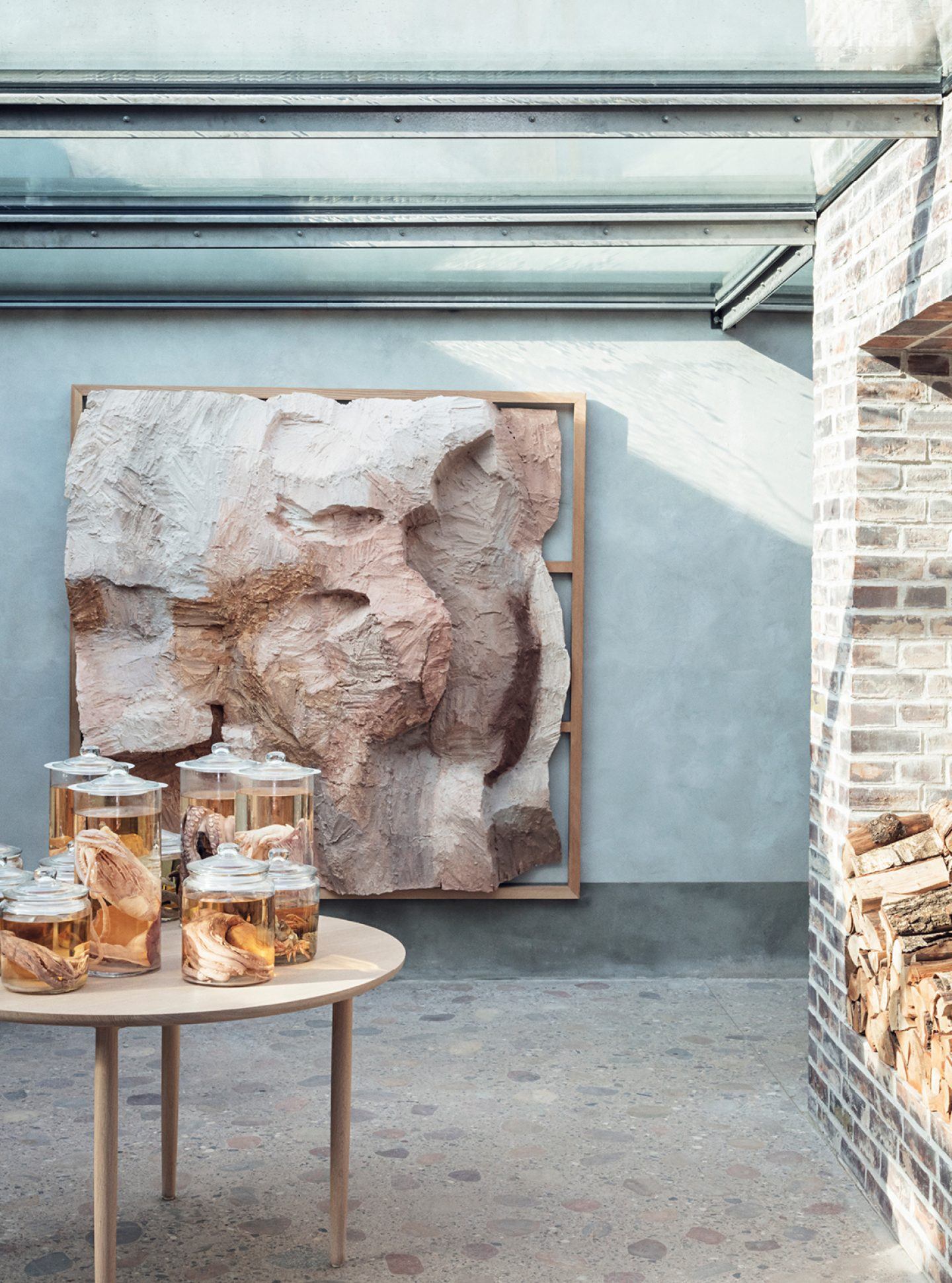
Image © Irina Boersma
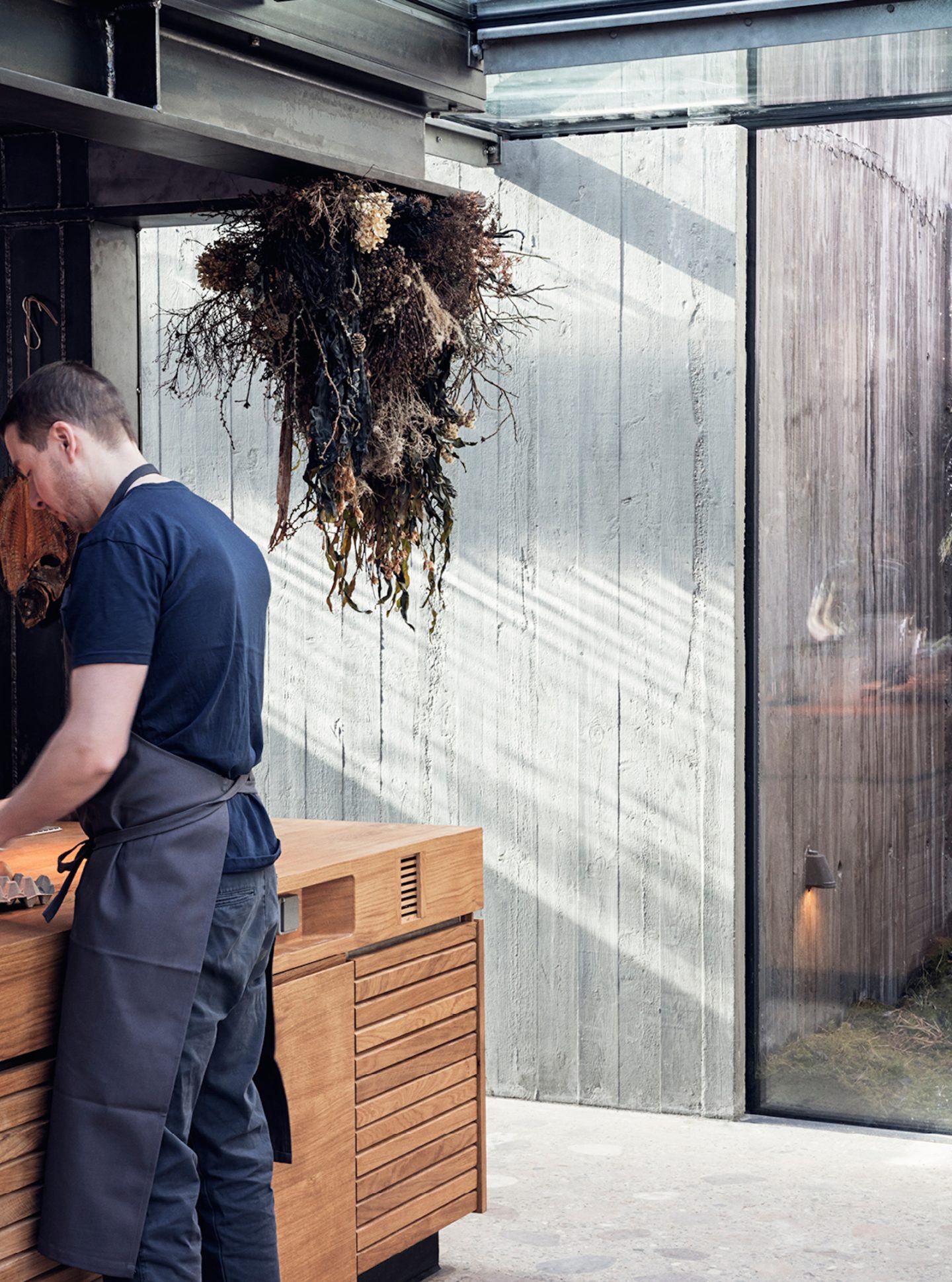
Image © Irina Boersma
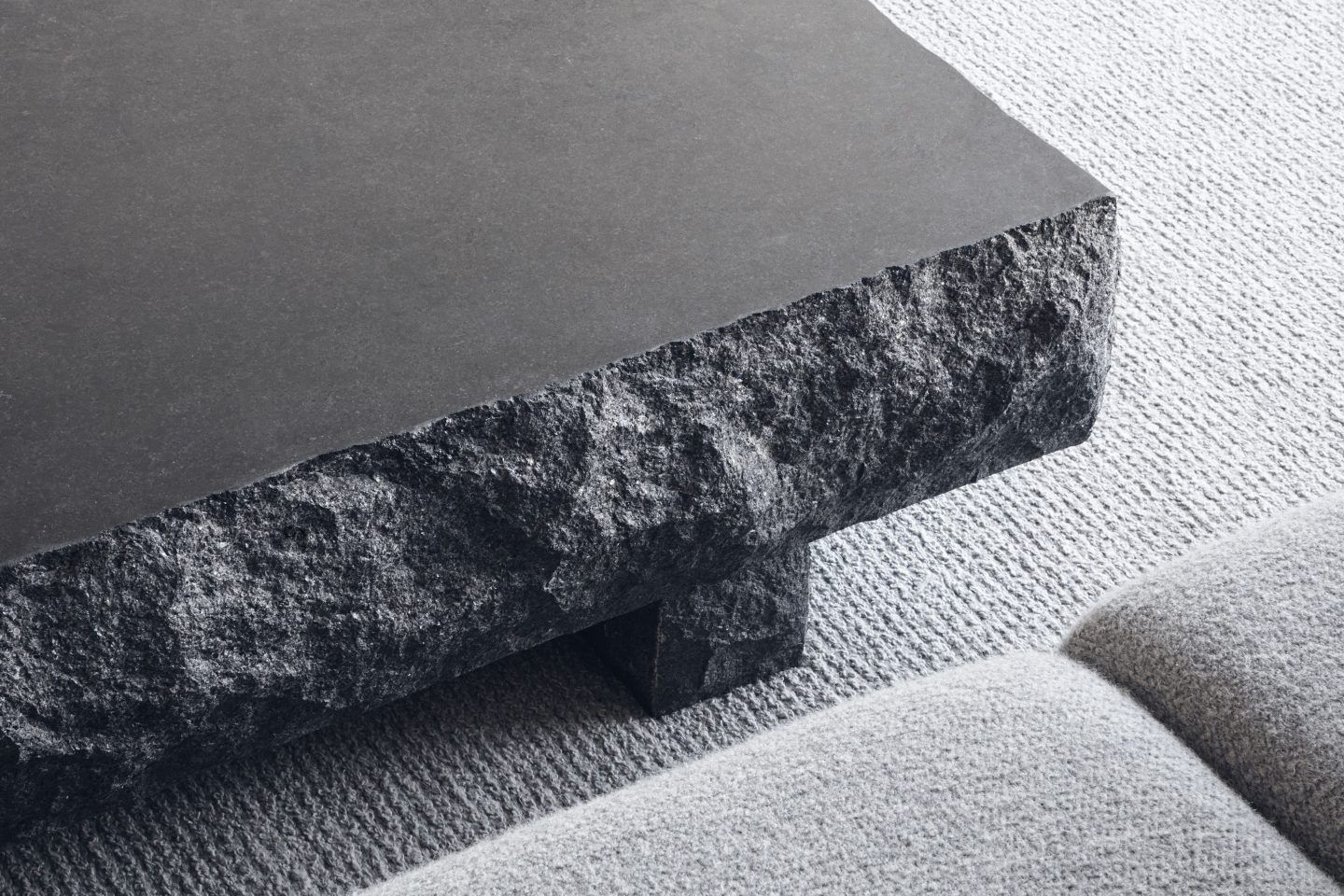
Image © Irina Boersma
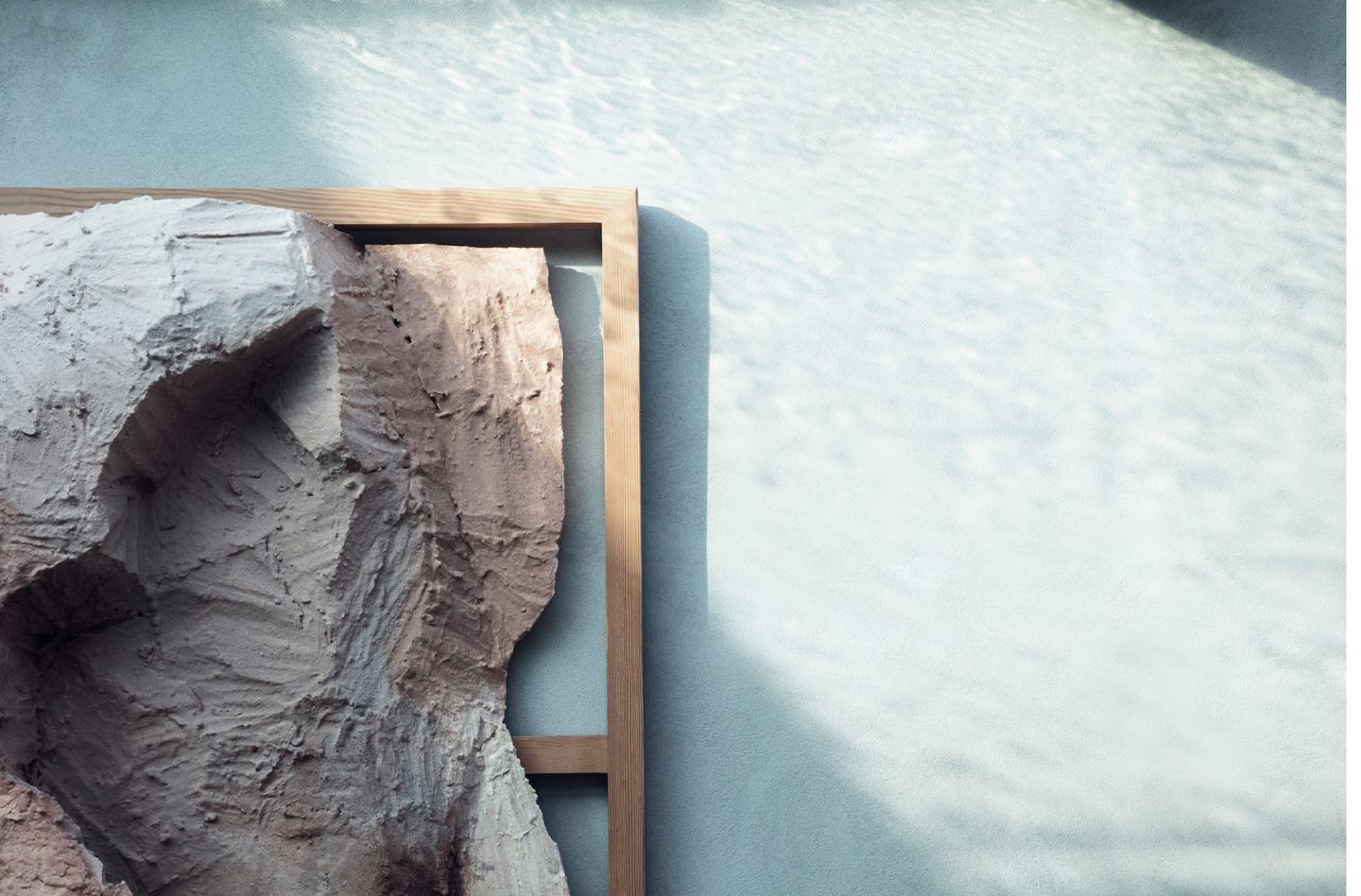
Image © Irina Boersma
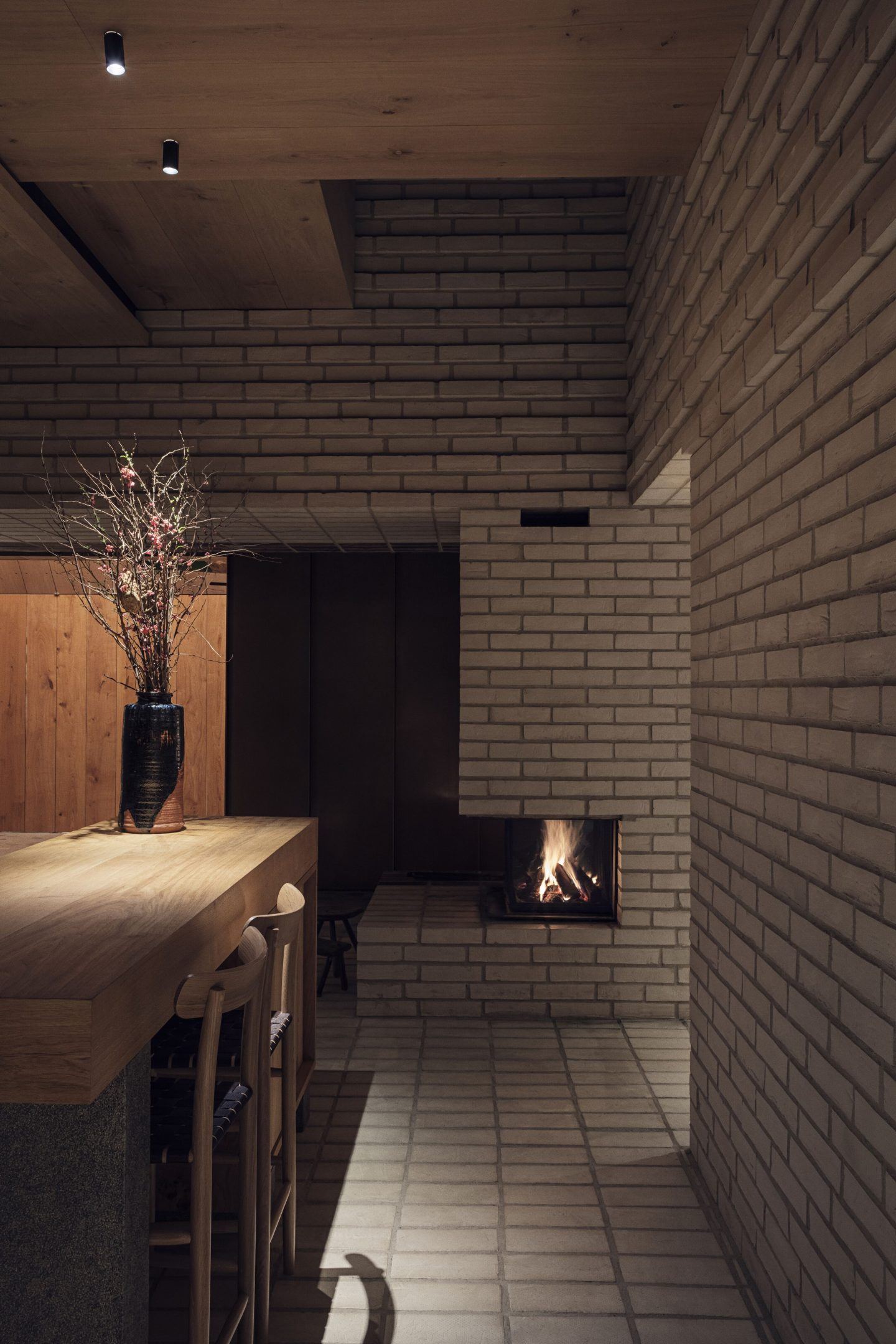
Image © Irina Boersma
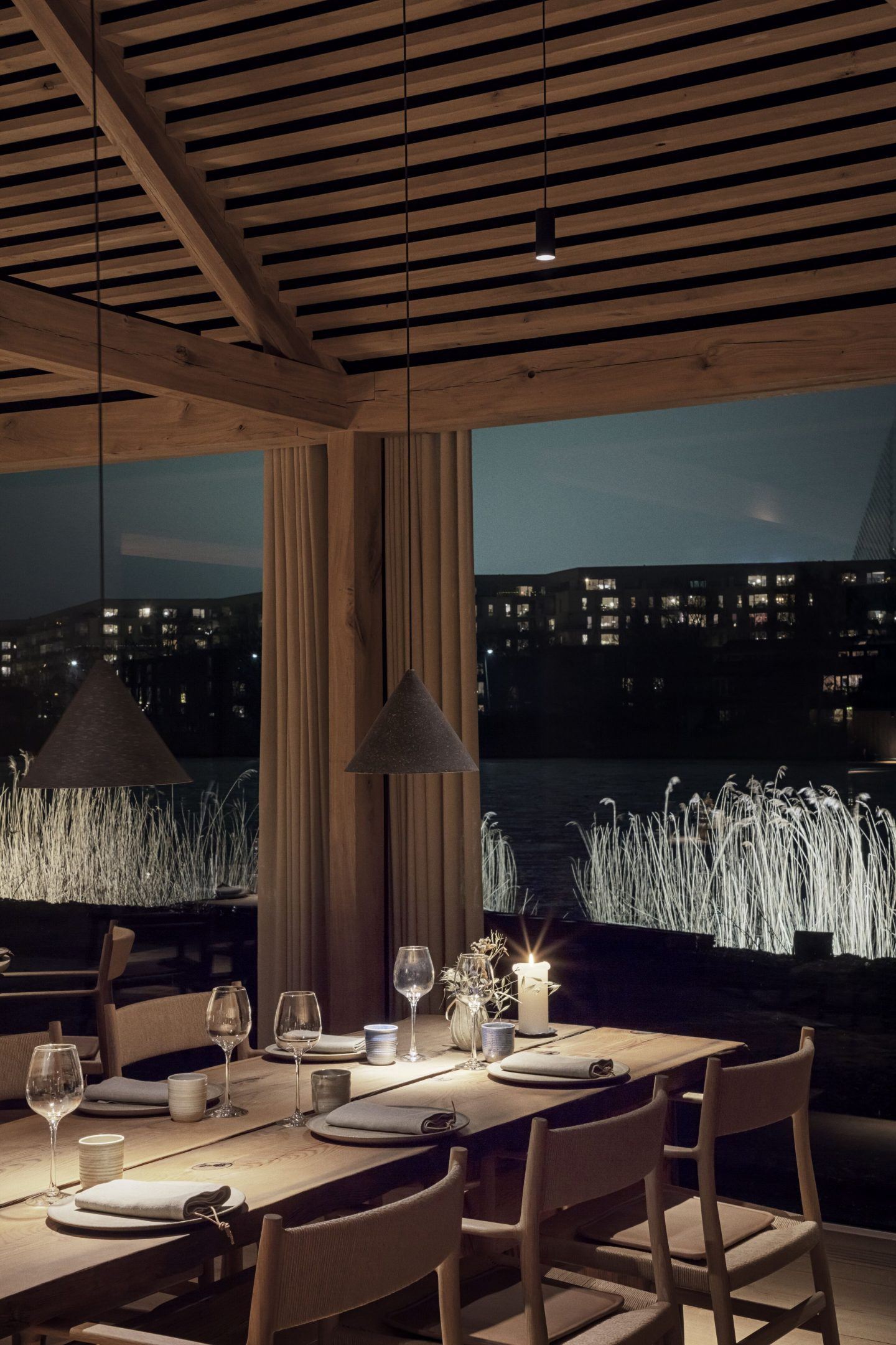
Image © Irina Boersma
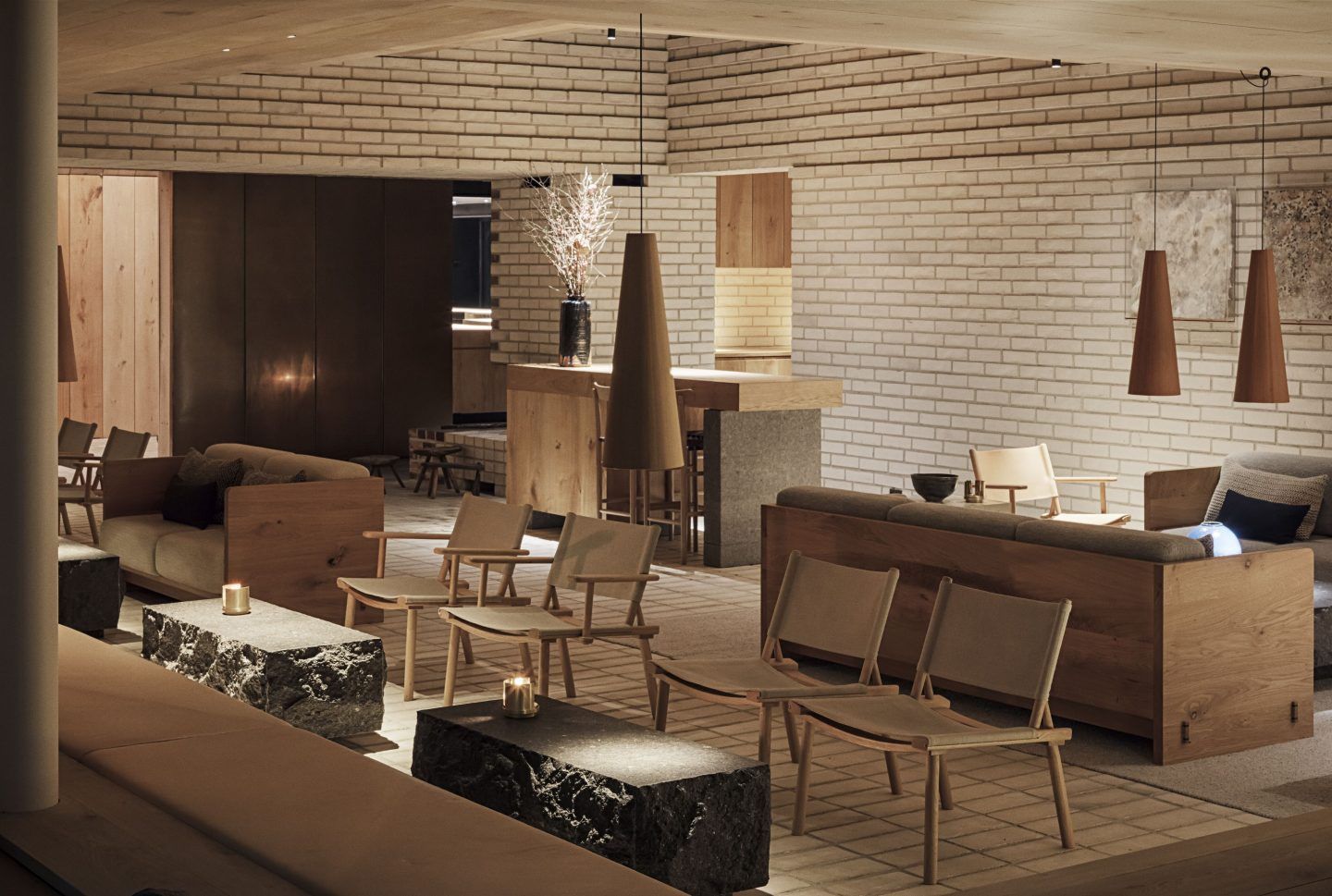
Image © Irina Boersma
All images © Irina Boersma
ADDRESS
Noma
Refshalevej 96,
1432 København K,
Denmark
OPENING HOURS
Tues – Sat: 17:00 – 00:00
CONTACT
Tel: +45 3296 3297
Website
